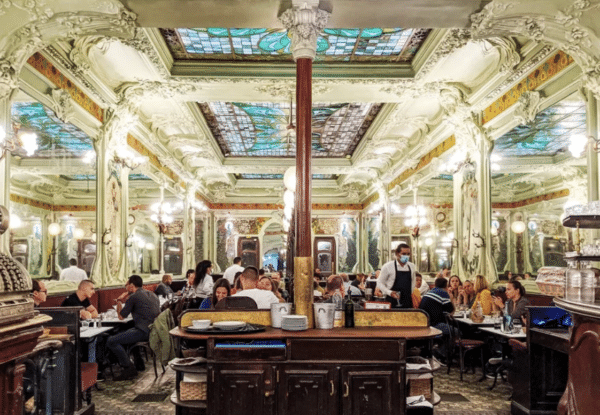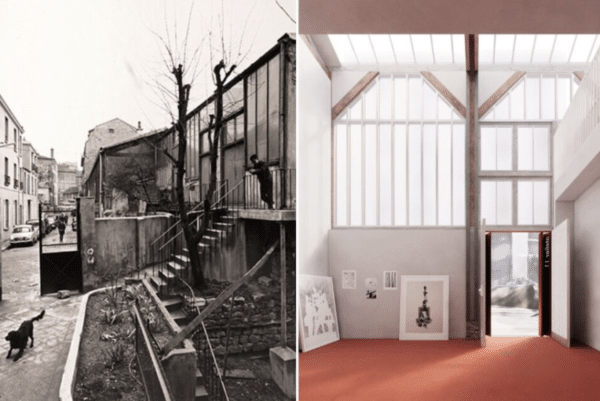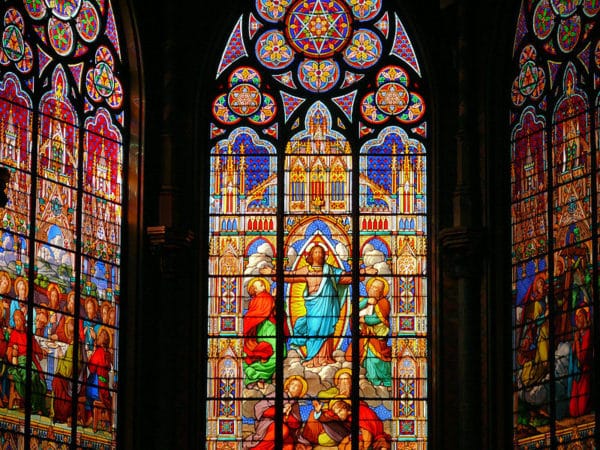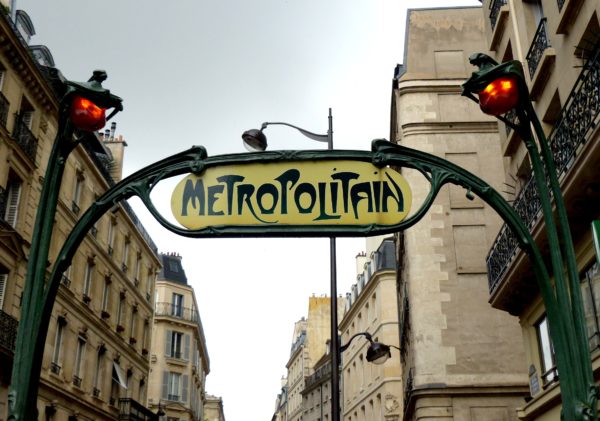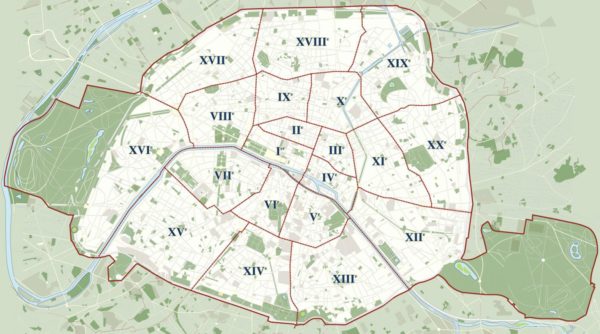Expert Insight, Breaking News, and Insider Stories on Real Estate in Paris
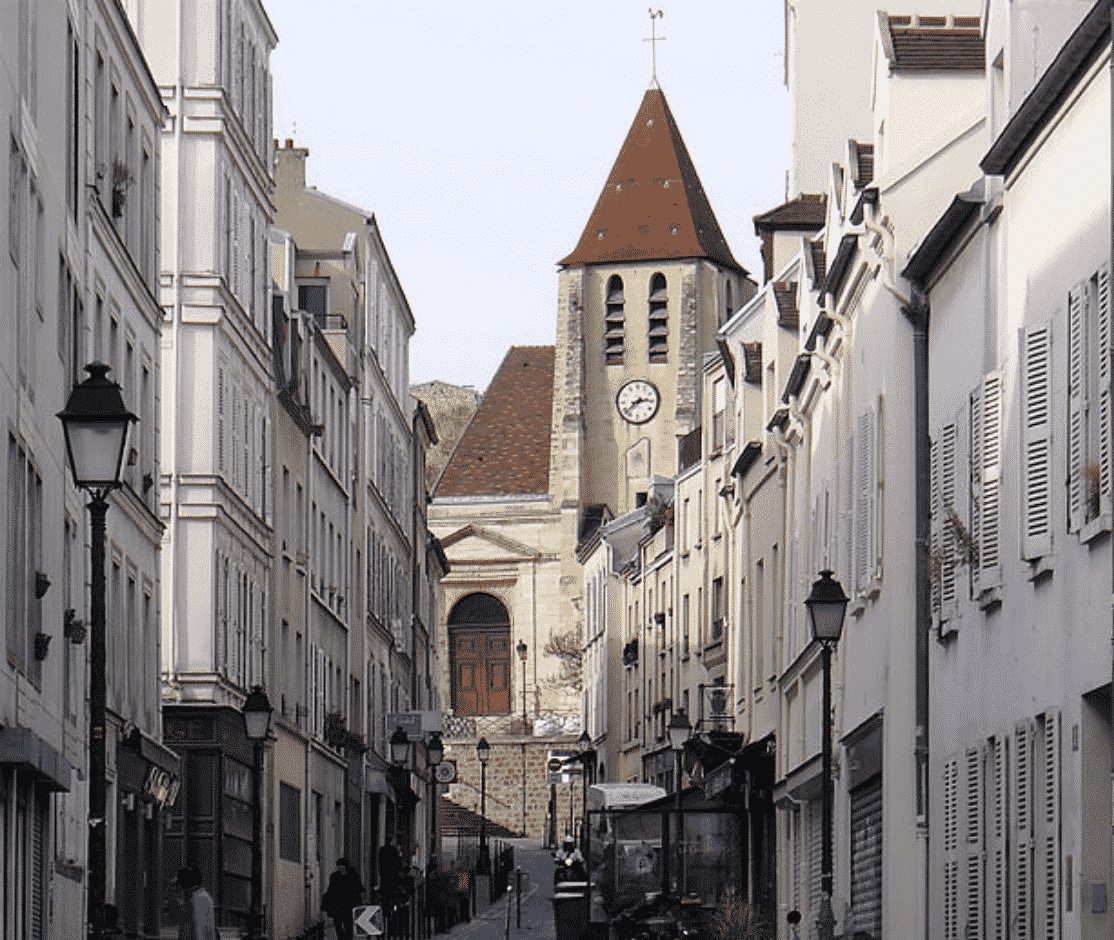
A brief history of Paris’s villages
In the not-so-distant past, charming rural villages surrounded Paris. It wasn’t until 1860, per the initiative of Baron Haussmann, that these small communes became part of what are now the capital’s 20 arrondissements. Read on to learn more about the unique history of these quaint villages, the traces of which can still be seen in Paris’s urban landscape.
Belleville

In northeastern Paris, Belleville, where the hamlet of Ménilmontant once lay, was known throughout history for its small, quaint houses. Inhabited by Paris’s diverse working class, the village was a refuge for those who did not have the financial means to live in the center of the capital. At the beginning of the 20th century, the village guinguettes, which were very popular among Parisians, turned Belleville into a well-known party destination. After its transformation into a suburb and subsequent integration into the 20th arrondissement, Belleville has nevertheless retained its unique character.
Montmartre

Certainly one of the most famous Parisian villages in the world, Montmartre has not always been as idyllic as we might imagine. In fact, many makeshift shelters formed shantytowns that were once nested on the hill of Montmartre, the homes of peasants and poor people. Several wind mills, one of which (le Moulin de la Galette) is still standing today, also dotted the village, operating from its vantage point atop the hill to grind wheat. It wasn’t until the 1860’s that cabarets were built in the area and the festive history of Montmartre was born.
Auteuil and Passy

Located today in very wealthy neighborhoods, the small villages of Auteuil and Passy were once home to sprawling vineyards instead of large Haussmann-style buildings. French playwright Molière and French writer Boileau also each owned a country house in the heart of the village of Auteuil. Traces of this old-world past are still visible on rue d’Auteuil, contrasting distinctly with the gigantic Haussmann-style boulevards often associated with Paris’s bourgeois neighborhoods.
Charonne

In the heart of the 20th arrondissement, market gardeners and farmers were the primary inhabitants of Charonne until the 19th century. This village stretched from Père Lachaise to Porte de Montreuil, areas that are now particularly lively. L’ermitage, an ornate château belonging to one of Louis XIV’s daughters, was even built in this area. Apart from the castle, only the remaining vestiges of a small, quaint church give us any indication that Charonne once had a rural past.
Bercy
Although these days Bercy’s landscape is known for its tall industrial buildings, as late as the 19th century it was still a major trading grounds where the best French wines were sold and stored. Much like in Belleville, every week, guinguettes and other working class get-togethers were in full swing in this part of town.
Vaugirard
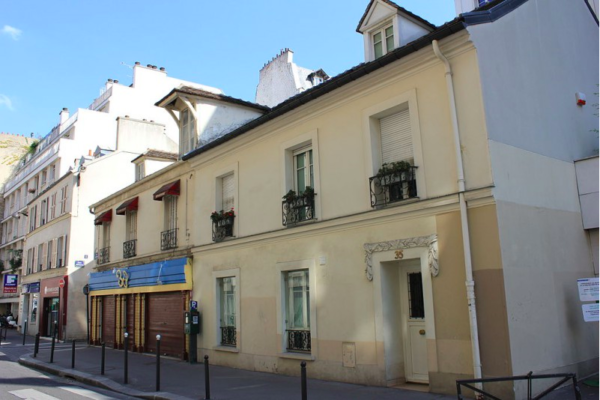
A century and a half ago, the village of Vaugirard was renowned for its laid-back peace and quiet and charming country houses. A small chapel even once stood where the Convention metro stop now runs, a vestige of its rural character. Due to the sweeping industrialisation and urbanisation at the end of the 19th century, this small, quiet village was transformed into its own proper quartier within the 15th arrondissement.
Grenelle
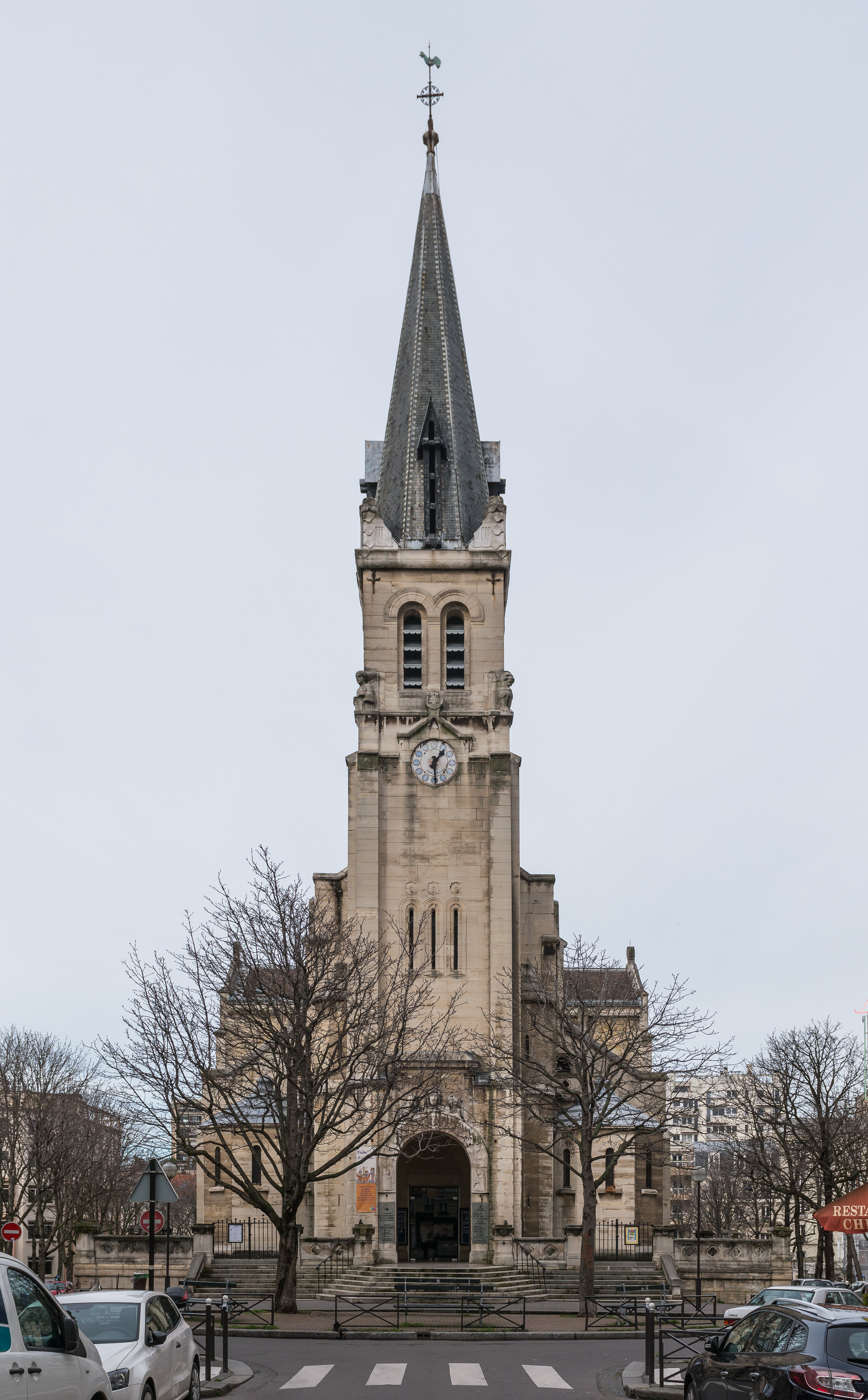
Currently situated in 15th arrondissement, between the tall buildings of Beaugrenelle and the Dupleix metro station, a small village was once the center of innovative industrial activity. Although Grenelle’s powder mills and 19th-century bourgeois dwellings have unfortunately disappeared in their entirety, a small portion of the old village can still be seen today near l’église Saint-Lambert and rue du Commerce, where one-story houses still bear testimony to this rural past.
Source: La petite histoire des villages parisiens
Contact Paris Property Group to learn more about buying or selling property in Paris.


